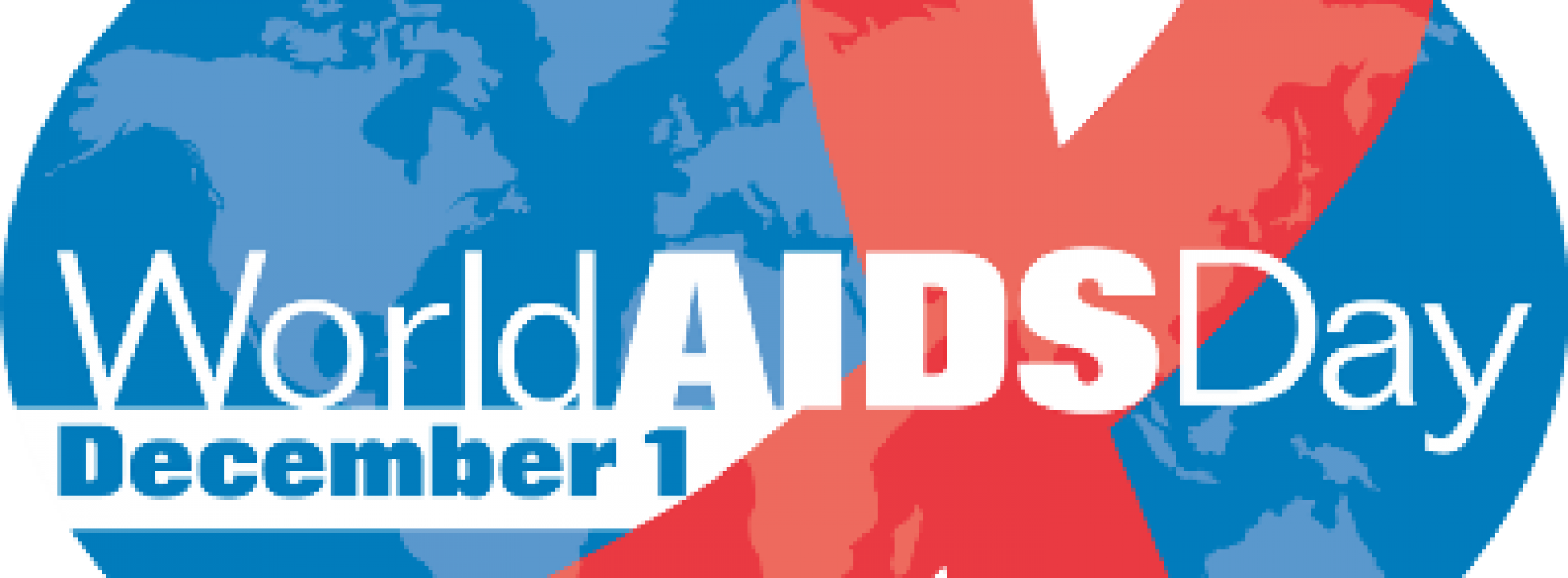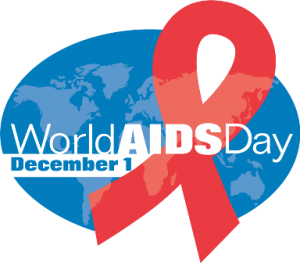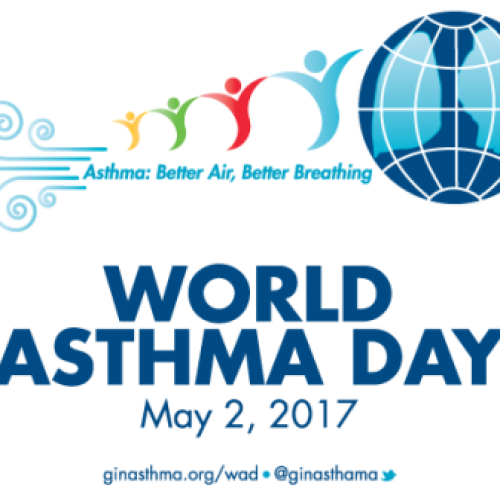2016 World AIDS Day: Facts you should know
GLOBAL HIV STATISTICS
- 2 million [16.1 million–19.0 million] people were accessing antiretroviral therapy (June 2016)
- 7 million [34.0 million–39.8 million] people globally were living with HIV (end 2015)
- 1 million [1.8 million–2.4 million] people became newly infected with HIV (end 2015)
- 1 million [940 000–1.3 million] people died from AIDS-related illnesses (end 2015)
- 78 million [69.5 million–87.6 million] people have become infected with HIV since the start of the epidemic (end 2015)
- 35 million [29.6 million–40.8 million] people have died from AIDS-related illnesses since the start of the epidemic (end 2015)
People living with HIV
- In 2015, there were 36.7 million [34.0 million–39.8 million] people living with HIV.
People living with HIV accessing antiretroviral therapy
- As of June 2016, 18.2 million [16.1 million–19.0 million] people living with HIV were accessing antiretroviral therapy, up from 15.8 million in June 2015 and 7.5 million in 2010.
- In 2015, around 46% [43–50%] of all people living with HIV had access to treatment.
- In 2015, some 77% [69–86%] of pregnant women living with HIV had access to antiretroviral medicines to prevent transmission of HIV to their babies.
New HIV infections
- Worldwide, 2.1 million [1.8 million–2.4 million] people became newly infected with HIV in 2015.
- New HIV infections among children have declined by 50% since 2010.
- Worldwide, 150 000 [110 000–190 000] children became newly infected with HIV in 2015, down from 290 000 [250 000–350 000] in 2010.
- Since 2010 there have been no declines in new HIV infections among adults.
- Every year since 2010, around 1.9 million [1.9 million–2.2 million] adults have become newly infected with HIV.
AIDS-related deaths
- AIDS-related deaths have fallen by 45% since the peak in 2005.
- In 2015, 1.1 million [940 000–1.3 million] people died from AIDS-related causes worldwide, compared to 2 million [1.7 million–2.3 million] in 2005.
HIV/tuberculosis
- Tuberculosis-related deaths among people living with HIV have fallen by 32% since 2004.
- Tuberculosis remains the leading cause of death among people living with HIV, accounting for around one in three AIDS-related deaths.
- In 2014, the percentage of identified HIV-positive tuberculosis patients who started or continued on antiretroviral therapy reached 77%.
Investments
- At the end of 2015, US$ 19 billion was invested in the AIDS response in low- and middle-income countries (not including the countries that have recently transitioned into high-income categories).
- Domestic resources constituted 57% of the total resources for HIV in low- and middle-income countries in 2015.
- Recent updated UNAIDS estimates indicate that US$ 26.2 billion will be required for the AIDS response in 2020, with US$ 23.9 billion required in 2030.
Source: UNAIDS
About author
You might also like
Kenyan scientists begin research on use of AI to predict pregnancy risks
A Kenyan Clinician-Scientist, Prof. Moses Obimbo Madadi is currently leading a team of researchers at the University of Nairobi, Kenya in a ground breaking study on how the use of
Don blames lack of potable water on inability to implement laws, policies
Prof. Josiah Babatola of the Federal University of Technology, Akure (FUTA) has blamed inability of government to execute its policies and decision as a major cause of inadequate potable water.
15 million Nigerians have asthma – Thoracic Society
Nigeria marks World Asthma Day No fewer than 15 million Nigerians have asthma, a chronic disease of the lungs, the Nigerian Thoracic Society (NTS) said as the country joined








0 Comments
No Comments Yet!
You can be first to comment this post!